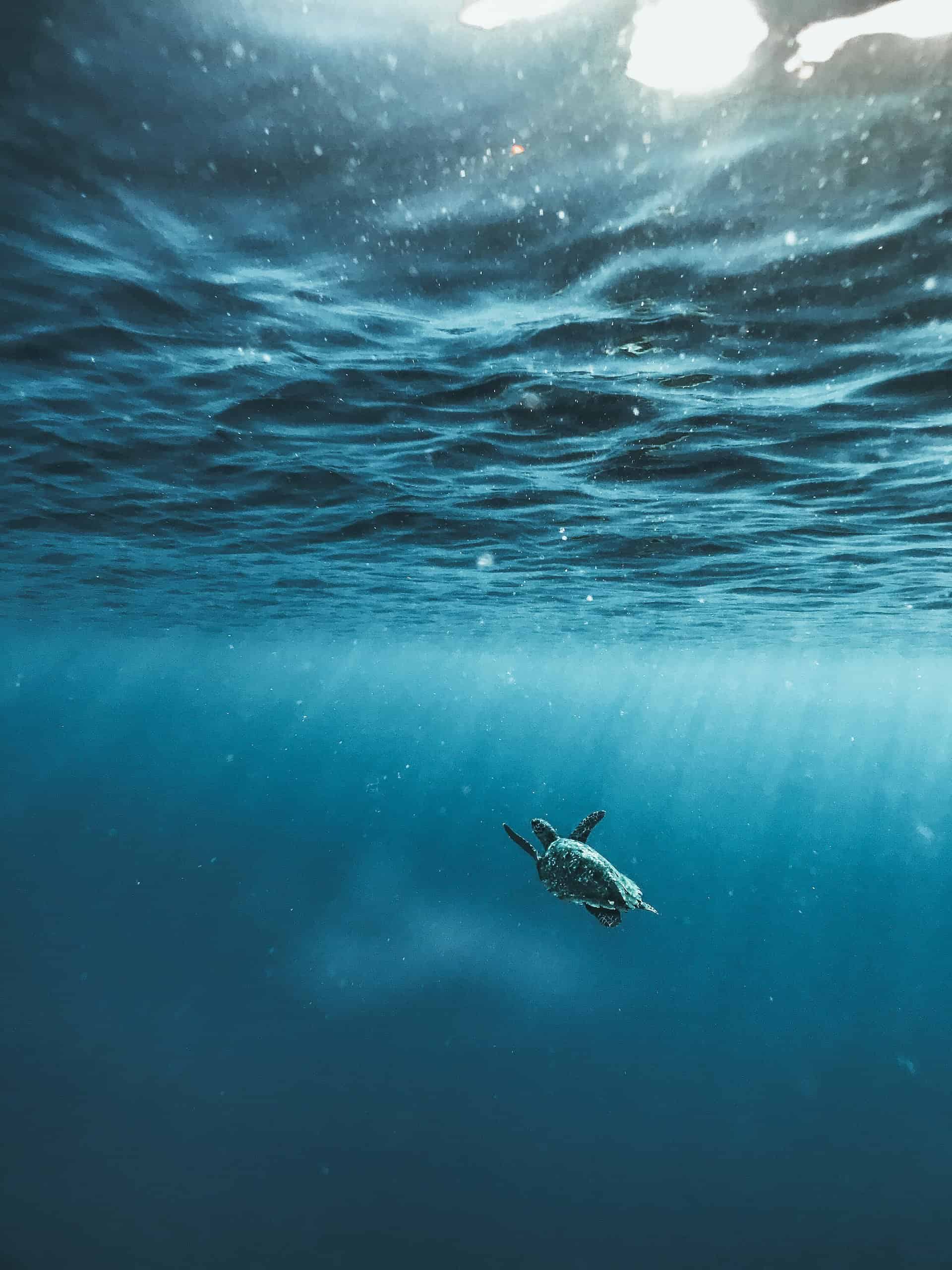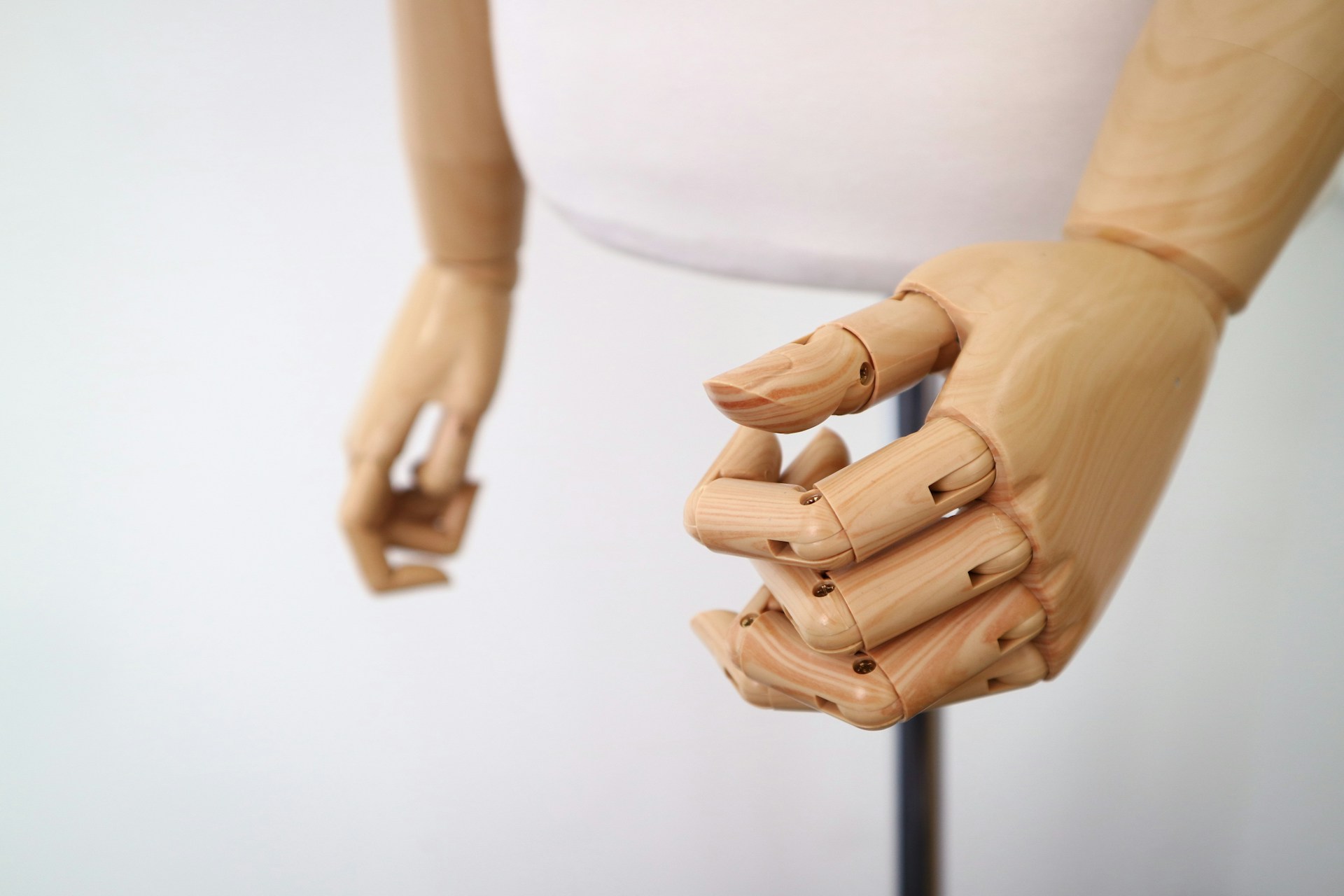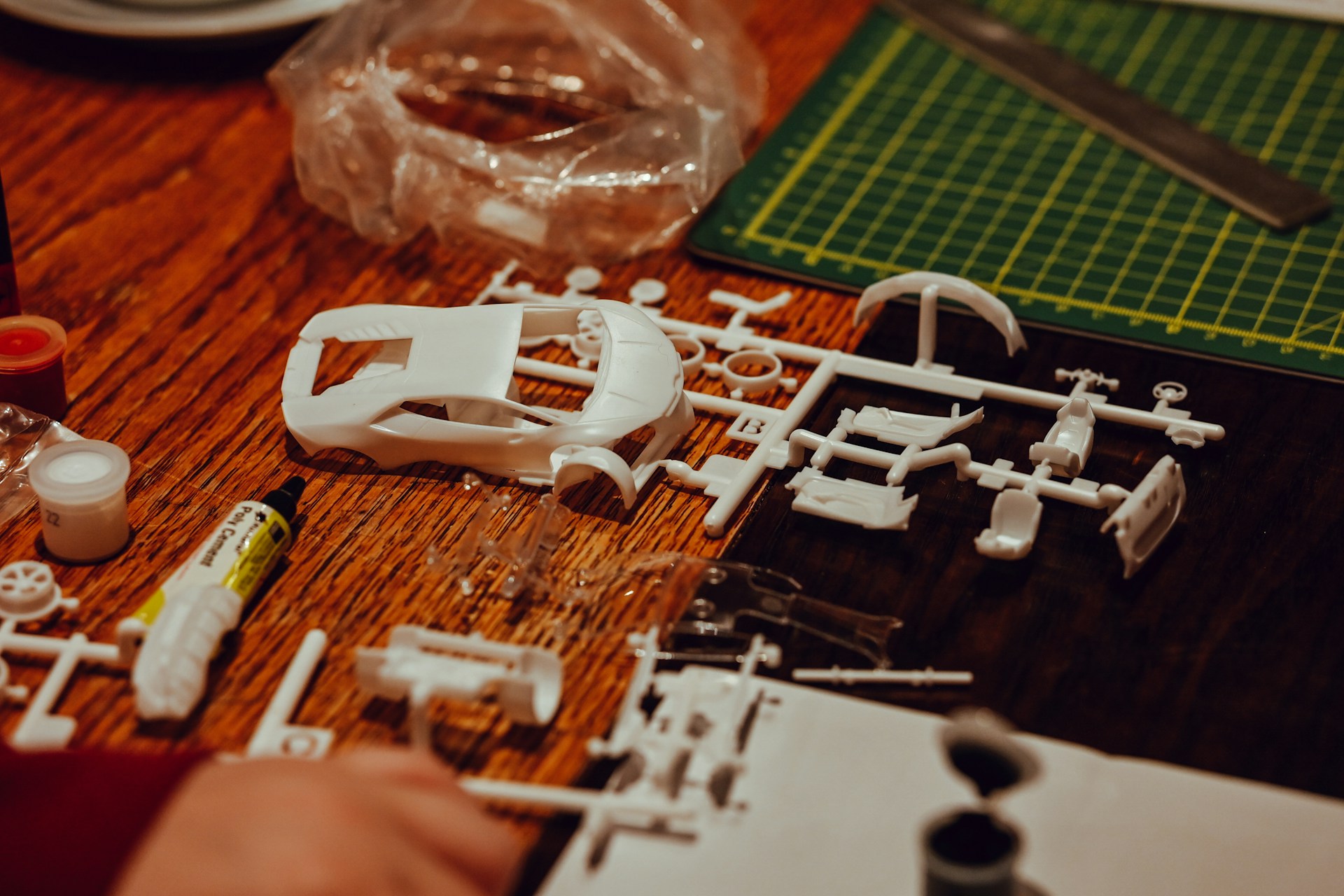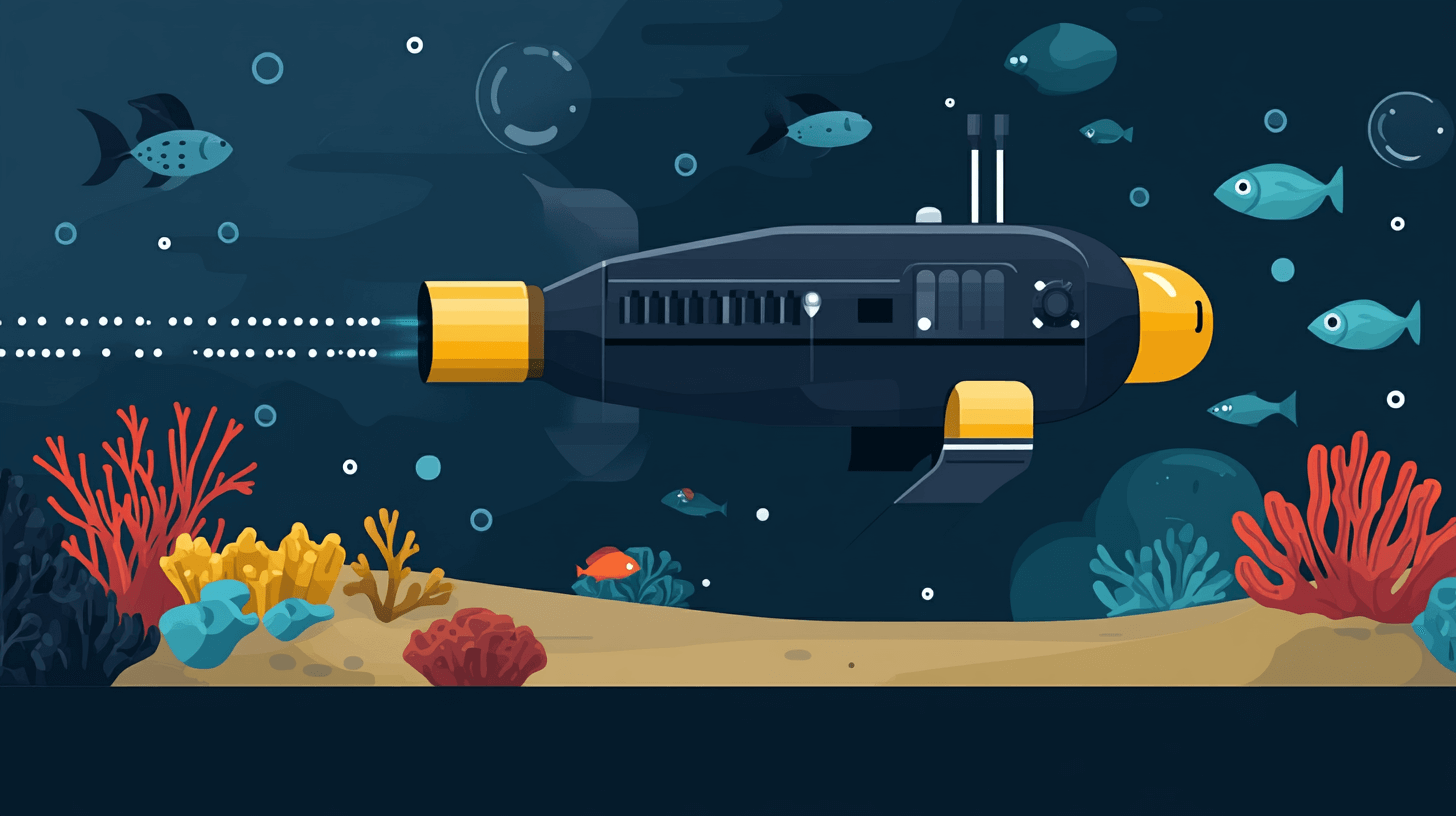
6 Uses for Underwater Robots
February 19, 2023 - Emily Newton
Revolutionized is reader-supported. When you buy through links on our site, we may earn an affiliate commission. Learn more here.
Gliding through the ocean like a metallic eel, a sinuous robot quietly looks for pollution. Another analyzes a shipwreck and relays photos back to its operators. Underwater robots, also called unmanned underwater vehicles (UUVs), have become important tools in many fields. These robots operate in ocean and lake environments and have a wide range of uses, including mapping, monitoring, maintenance and recovery operations.
What Are Underwater Robots?
There are two categories of UUVs: autonomous underwater vehicles (AUVs), which operate independently using AI software, and remotely operated vehicles (ROVs), which a person controls from a distance. AUVs generally have a torpedo-shaped or eel-like design, allowing them to glide through the water. ROVs often look like a cube outfitted with propellors, cameras and a manipulator arm. All of them are types of underwater robots.
Engineers can program AUVs to perform specific tasks — such as following a pre-determined survey path — or equip the robots with AI algorithms that allow them to make decisions and adapt to changing conditions. Their artificial intelligence means they can operate independently and without supervision, which is especially helpful in remote environments.
ROVs shine in situations that require close observation, such as search and recovery operations. Engineers can monitor the vehicles’ progress and guide them as needed, allowing for greater flexibility and control.
The Many Uses for UUVs
Underwater vehicles are usually much smaller than submarines. Their size means they can go where no one has gone before, sinking to the darkest depths of the ocean or lakebeds to do dangerous jobs.
1. Mapping the Seafloor
Bizarrely, scientists know more about the surface of the moon and Mars than they do about the seafloor. As of 2021, only around 20% of the ocean had been mapped, in large part due to its inaccessibility, opacity and sheer size. That’s changing thanks to underwater robots.
The Seabed 2030 project aims to map the entire ocean floor by the end of the decade. With the help of UUVs, scientists are making fast work of charting the depths, using sonar-equipped underwater robots to learn the topography of the seabed.
2. Studying Marine Life
UUVs can dive to depths humans cannot endure. This quality makes them uniquely suited to trawl the deepest parts of the ocean looking for marine life, both known and undiscovered. Biologists and oceanographers use underwater robots to study animals and their habitats, as well as to collect data on temperature, ocean currents and salinity.
The UUVs may have cameras, sonar and other sensors to capture crisp images and videos of marine life and the ocean floor. This data is useful for studying animal behavior as well as monitoring the health of coral reefs and other ocean habitats. Additionally, the robots can collect water and sediment samples for further analysis.
3. Searching for Shipwrecks and Plane Crashes
Another use for underwater robots is to uncover lost vehicles. Robots can explore shipwrecks, downed planes and other debris, allowing researchers to study the sites without disturbing them. They can also survey and map the area, providing valuable information for recovery missions or future research projects. Additionally, the robots may have manipulator arms and other specialized equipment to carefully excavate and recover artifacts, allowing researchers to study them on land.
In 2021, UUVs discovered the lost wreck of two American B-52 bomber planes that collided in 1967, and divers were able to recover the remains of three Air Force crew. Underwater robots are also useful for locating the remains of divers, swimmers and anglers who drown. Search and rescue teams can then recover the missing people and give closure to their families.
4. Maintaining Offshore Infrastructure
One of the primary uses for underwater robots is in the oil and gas industry. They can inspect and maintain offshore pipelines and rigs, allowing for safer and more efficient operation of these facilities.
UUVs often have cameras and other sensors to capture images and videos of the structures, which engineers can analyze for signs of wear and tear, corrosion or other structural issues. This process can prevent major accidents or equipment failures. Additionally, underwater robots can perform routine maintenance tasks, such as painting or cleaning, which can be difficult or even dangerous for human workers.
5. Looking for Trash
Trash is a threat to all marine life. Animals may eat it when mistaking it for food, and it tends to break down into smaller pieces that pollute even some of the smallest organisms in the ocean. The National Oceanic and Atmospheric Administration (NOAA) has removed over 22,500 metric tons of garbage from the ocean since 2006, but there’s still a long way to go.
AUVs equipped with image recognition AI software can scan the ocean floor for plastic, metal and rubber trash. Once the robot relays the information, scientists can make note of where the trash is located and organize cleanup efforts to focus on that area.
6. Detecting Pollution
Robots equipped with sensors can monitor water quality in real time, sending the data back to researchers. They can measure temperature, conductivity and toxicity in waterways, and collect samples that researchers can analyze in a lab.
The robots can take samples of microorganisms such as bacteria and plankton. Assessing the density and biodiversity of life in a water sample can provide clues about how habitable the water is.
Bizarrely, underwater robots sometimes have chambers containing microbes that serve as bioreporters. This means the microbes are genetically engineered to detect pollution, and their behavior changes in measurable ways when exposed to toxins. For example, some of them will glow when exposed to mercury. By comparing how the microorganisms react to a water sample versus a clean container of water, scientists can determine if the water sample is polluted.
Exploring Earth’s Last Frontier
As technology continues to improve, more advanced and powerful underwater robots are just on the horizon. They will be able to stay underwater for longer periods of time and perform more complex tasks. Overall, unmanned underwater vehicles are an essential tool for understanding and exploring aquatic environments, and they will continue to play a vital role in a wide range of industries.
Revolutionized is reader-supported. When you buy through links on our site, we may earn an affiliate commission. Learn more here.
Author
Emily Newton
Emily Newton is a technology and industrial journalist and the Editor in Chief of Revolutionized. She manages the sites publishing schedule, SEO optimization and content strategy. Emily enjoys writing and researching articles about how technology is changing every industry. When she isn't working, Emily enjoys playing video games or curling up with a good book.







